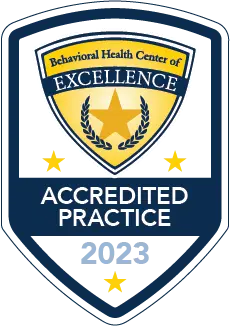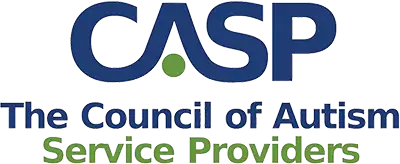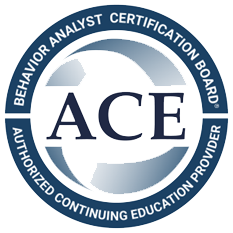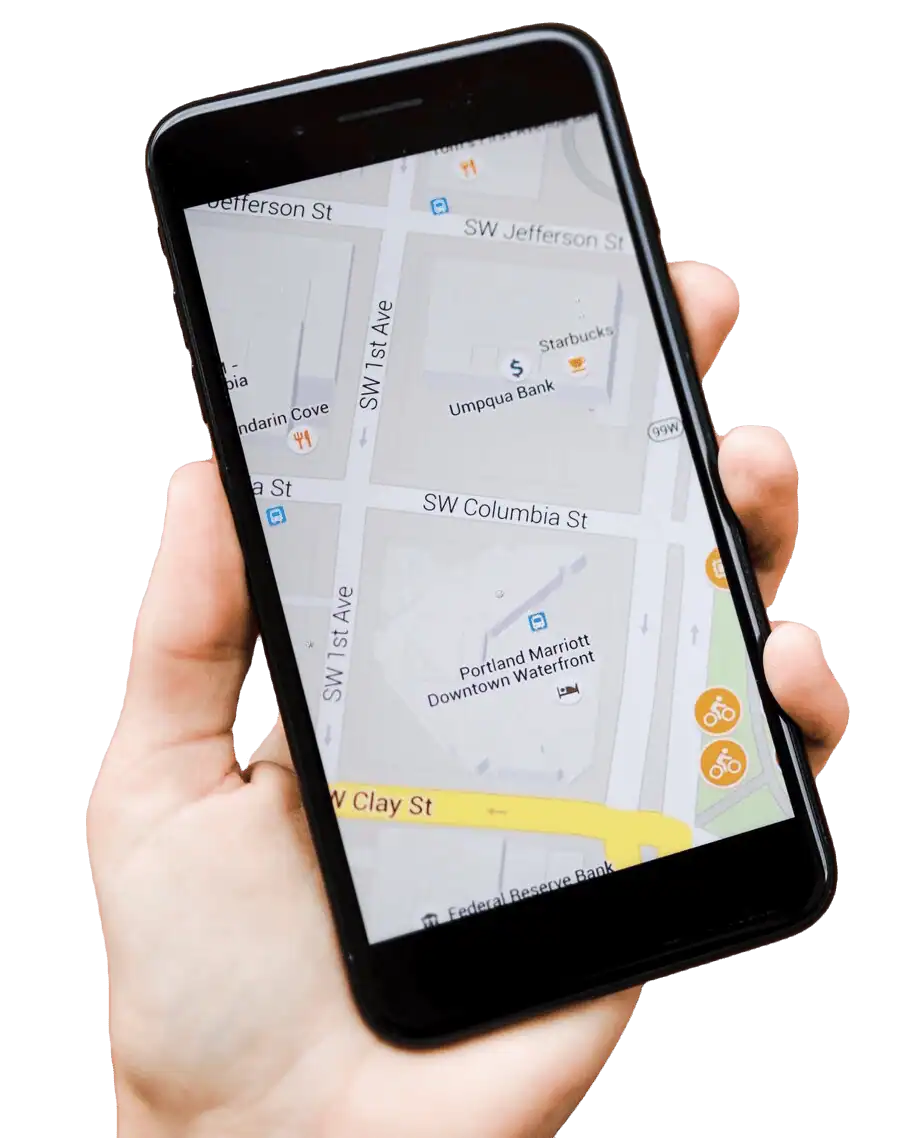In Applied Behavior Analysis (ABA) therapy, a mand is one of the most fundamental types of verbal behavior, and often the first communication skill taught. A mand is essentially a request: it’s when someone uses words, signs, gestures, or other forms of communication to ask for something they want or need—for example, saying “cookie” when hungry or “help” when struggling with a task.
Mands are powerful because they are directly tied to motivation. The person is asking for something they want in the moment, which makes mand training a natural and highly effective way to teach early communication skills, especially for children with autism or developmental delays.
Understanding the Core Concept: What Is a Mand?
Many parents new to ABA therapy often ask, “What is a mand?” In the simplest terms, a mand is a request. It’s when someone asks for something they want or need, whether it’s a tangible item like food or a non-tangible one like help or attention. Mands are the most fundamental form of verbal behavior and often the first type taught in early ABA programs.
What is a mand? It’s any communication — spoken, signed, gestured, or aided with tools like Augmentative and Alternative Communication (AAC) — that’s motivated by a real, immediate desire.
Examples:
- A child says “cracker” when hungry
- A student signs “break” when overwhelmed
- A teen types “Can I go outside?” on a speech device
Why Are Mands Important?
Understanding what a mand is reveals how critical this skill is to language development. Here’s why mand training is often the first step in ABA:
- They’re driven by motivation: The learner wants something and learns how to request it.
- They reduce frustration: Mands offer an appropriate replacement for behaviors like crying, grabbing, or yelling.
- They build autonomy: A child who can say or show “I want help” is on the path to independence.
Types of Mands in ABA Therapy
Once we answer the question of “What is a mand?” it is helpful to know that not all mands look the same. As communication skills develop, mands evolve in complexity, structure, and purpose. Understanding the different types of mands helps caregivers, educators, and therapists better support language growth and tailor their teaching approaches.
1. Pure Mands (Independent Requests)
These are unprompted, spontaneous requests made by the learner. They indicate that the learner is independently motivated and has learned how to communicate without cues.
Example: Saying “cracker” without being asked or reminded.
Why it matters: Pure mands are a major milestone in functional communication. They show that the learner understands how to initiate.
2. Prompted Mands
Prompted mands occur when a learner makes a request in response to a prompt, such as a question (“What do you want?”), a gesture, or a model.
Example: The therapist says, “Do you want the ball? Say ball,” and the learner says, “ball.”
Why it matters: These help shape communication early on and are gradually faded as independence increases.
3. Mands Using AAC or PECS
For individuals with limited or no verbal speech, mands can be expressed through augmentative communication systems like the Picture Exchange Communication System (PECS) or AAC (speech-generating devices).
Example: A learner taps “swing” on a speech device to request recess.
Why it matters: These tools make communication accessible and empower nonverbal learners to express their needs effectively.
4. Mands for Information
These are question-based mands that seek information rather than tangible items.
Examples:
- “Where is my backpack?”
- “When are we going outside?”
- “What are we doing next?”
Why it matters: These reflect more advanced communication and show a learner’s growing understanding of social and environmental context.
5. Extended Mands
Extended mands involve longer sentence structures or socially nuanced requests that go beyond the basics.
Examples:
- “Can I play after snack time?”
- “Could you help me with this puzzle?”
- “I’d like a turn after him, please.”
Why it matters: Extended mands support social fluency, independence, and problem-solving. They’re often a goal for more advanced learners.
Practical Strategies for Teaching and Expanding Mands
Teaching what a mand is and helping a learner use mands consistently involves several evidence-based strategies:
- Prompting and modeling appropriate requests
- Using motivating operations to encourage communication
- Natural Environment Teaching (NET) to practice mands in everyday routines
- Expanding short mands into fuller sentences or more socially appropriate requests
- Using AAC systems as needed to support nonverbal learners
Explore more ABA fundamentals in our ABA 101 blog series — covering everything from manding to navigating IEPs, reinforcement methods, and beyond.
Empowering Communication Through Mand Training
So again, what is a mand? It’s the foundation of expressive language. Whether it’s spoken, signed, or selected from a device, a mand is how individuals learn to ask for what they need, making it a crucial building block for independence, connection, and emotional regulation.
When caregivers and therapists focus on building strong manding skills, they empower individuals to navigate their world with more confidence and less frustration.
Ready to Support Your Child’s Communication?
If you’re looking for an ABA therapy team that prioritizes functional communication and understands the value of teaching what a mand is, contact us today or call us at 855-444-5664. We’re here to help your child grow through compassionate, evidence-based care.
Checkout our Blog page for more informative resources like The Power of Generalizations in ABA Therapy, 3 Phases of the Insurance Authorization Process, and Understanding IEP Process.







